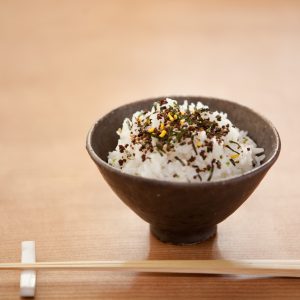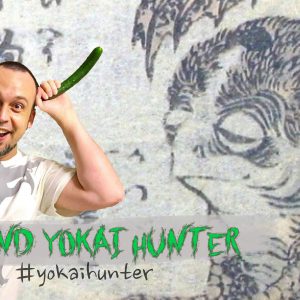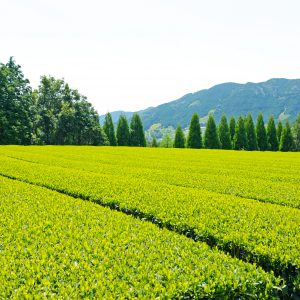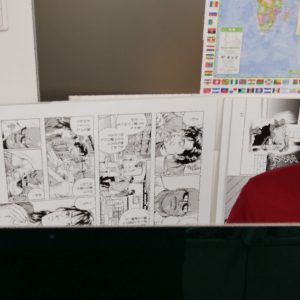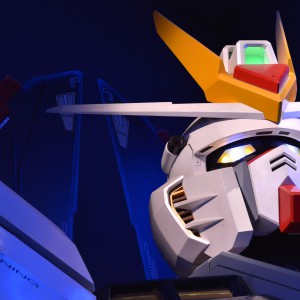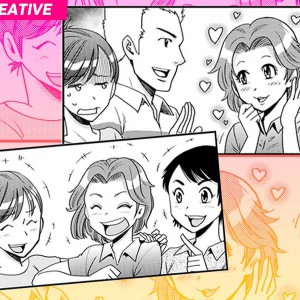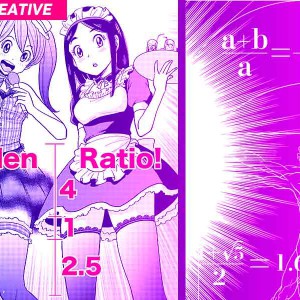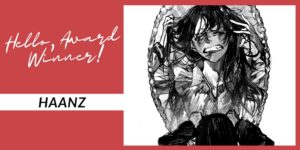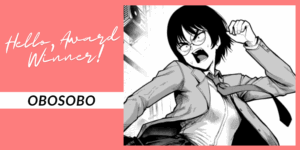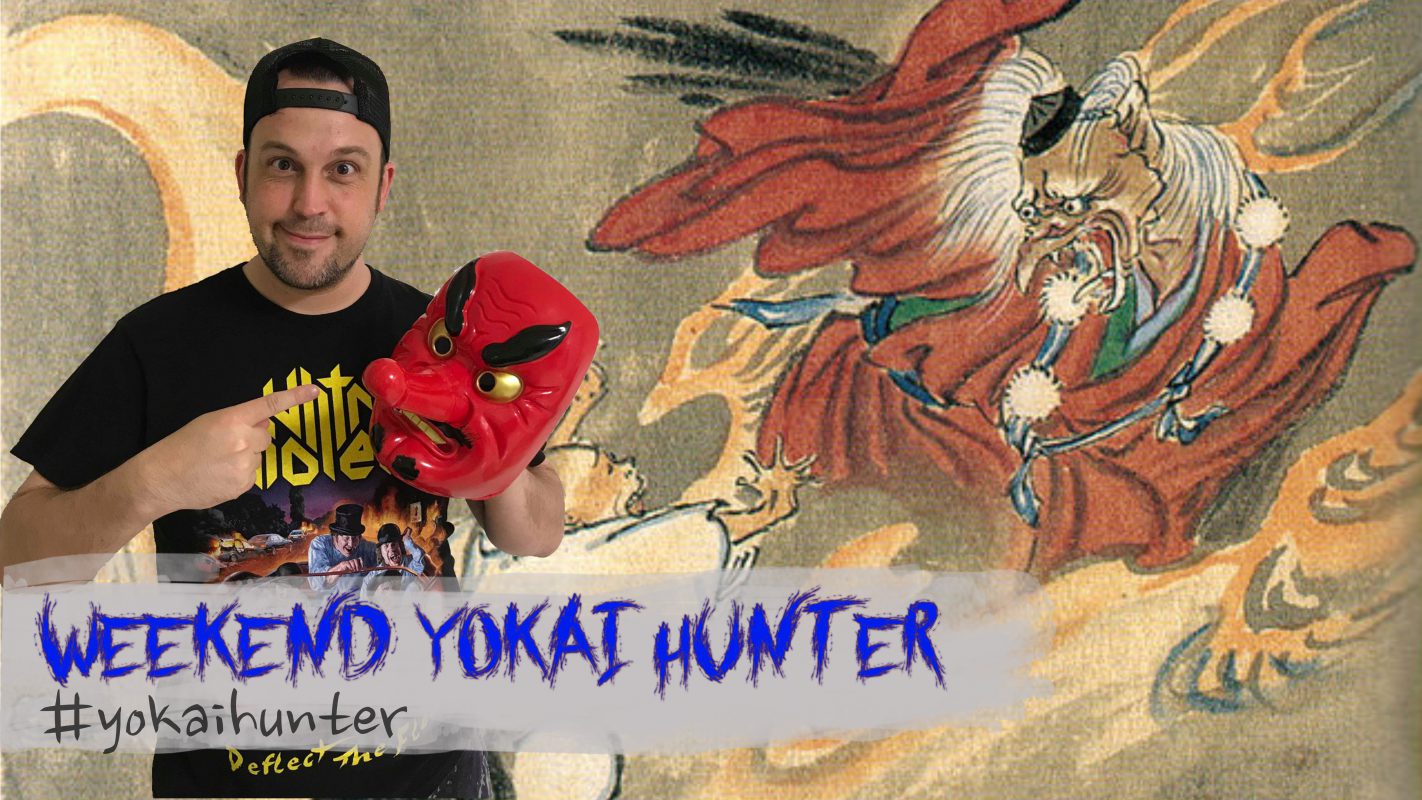
Welcome back, my fellow critter-loving comrades! I hope you’ve all enjoyed your week! With the weekend almost upon us, and with Kappa and Tanuki already in the bag, it’s time to go in search of one the big boys. That’s right, your intrepid hunter braved the merciless sun and rambled up a mountain this week to come face to face with the fearsome TENGU!
The first time I crossed paths with the Tengu was actually completely by accident some 17 years ago when my girlfriend and I decided to take a scenic jaunt out of the city during our stay in Kyoto. Instantly drawn to some brochures in the guesthouse lobby advertising the spectacular natural scenery offered by a certain Mount Kurama, our day trip was soon decided. A short bus trip later, we found ourselves at the foot of the mountain and immediately boarded the cablecar that would take us to the mountain’s summit. Within minutes my jaw hit the floor – not from the stunning beauty of the mountains greenery, but from seeing a huge sculpture of the most bizarre looking creature I’ve ever seen…
WHAT ARE…Tengu?

A Daitengu with his Kotengu underlings.
Literally translated as “heavenly dog”, Tengu are mountain-dwelling Yokai whose appearance is actually much closer to that of a crow than a dog. Though varying in size (I’ll explain a little about that in a moment) Tengu generally tend to be depicted in a humanoid form with red or green skin, a pair of wings, and wearing robes and Geta sandals. The main focal point of course though, is unquestionably their long nose. Seriously, Pinocchio’s got nothing on these guys!
Tengu are generally categorized into two main types. Daitengu (large Tengu), and Kotengu (small tengu). Though the choice of name suggests little difference between the two, this actually couldn’t be further from the truth. Kotengu, though having human characteristics, have a far more bird-like in appearance. Often depicted wearing the same ascetic robes their larger counterparts wear, Kotengu have the face of a crow which usually varies between green or black in color. The Daitengu on the other hand, despite being larger in stature, are immediately recognizable by their red, human-like faces and long phallic noses. It’s believed that the longer the nose, the more powerful the Tengu – some of the highest ranking Tengu even have long white beards!

A Kotengu guarding the Yakuo-in shrine in Tokyo.
The difference between the two types isn’t limited to appearance either. The lower-ranking Kotengu are spiteful and said to have a very unfavorable view of humans; a sentiment they often express by abducting and tying them to trees for days on end, feeding them animal feces, or simply outright killing them. In contrast, the considerably more powerful Daitengu are solitary creatures that devote the majority of their time to meditation and perfecting themselves. Despite being incredibly vain and proud, Daitengu tend to have a slightly more favorable view of humans and have been known to help, and even train them on occasion. Good to know!
HUNTING FOR…Tengu.
So, with two types of Tengu, you’re probably wondering where to find these highly intelligent Yokai? Well, it goes without saying that you’ll have to visit a mountain but, those staying in Tokyo should definitely take a trip to Mt. Takao and visit the beautiful Yakuo-in temple. Less than a hour’s train ride from Shinjuku, fellow Yokai hunters can enjoy the breathtaking mountain view whilst encountering both of the incredible Kotengu and Daitengu statues on display in the temple grounds. In addition to the impressive statues, theres several mini-shrines and even a huge pair of actual Geta sandals said to belong to one of the resident Daitengu! Alternatively, visitors to Japan finding themselves in the Kansai region should definitely check out Mt. Kurama in Kyoto. Aside from being my personal favorite spot, it’s said to be the home of Sōjōbō, who is none other than the KING of all Tengu!! Believed to be 1000 times stronger than your average Tengu, he’s even said to have personally trained the legendary samurai, Minamoto no Yoshitune, the art of swordsmanship! Now THAT’S impressive!!

Chilling with the Tengu!
Tengu TODAY!

Hello, conkface!
They may have the biggest nose in the business but how popular Tengu in modern day Japanese culture?
In a word, VERY. Tengu have enjoyed a huge amount of appearances in manga across a broad variety of genres. Shojo manga fans will no doubt enjoy Kanoko Sakurakoji’s ‘Black Bird’ series, whereas fans of shonen manga get their Tengu fix from such titles as Tanabe Yellow’s ‘Kekkaishi’, or Sumomo Yumeka’s ‘Tengujin’. My personal favorite Tengu manga though, is a seinen title by Iou Kuroda called ‘Japan Tengu Party Illustrated’ which tells the story of how the disgraced remnants of Tengu society band together from across the nation to reclaim their rule over Japan and it’s human population within.
The story has some incredibly striking imagery so I highly recommend checking it out! Aside from manga and anime, Tengu are also the object of worship among many festivals across Japan (the Shimokitazawa Tengu Festival held year in Tokyo during March being a great example!) and have even captured the imaginations of award winning horror writers overseas such as Graham Masterton, who authored the highly popular 1983 novel ‘Tengu’!

This Kotengu means business!
The incredibly and vain attitude of the Tengu has even had a influence on the Japanese language itself with the phrase ‘Tengu ni naru’ (become a Tengu) being used to describe somebody who is particularly conceited. If you ever feel your ears burning and hear the word “Tengu” used, you know you’ve got reason to worry!
And with that, I come back down the mountain and head into the weekend with my next Yokai hunt firmly in mind. I hope you enjoyed this week’s article and who knows, the next time you go hiking up a mountain, you may just be taken by surprise like I was in the cablecar all those years ago!
Til next time!





